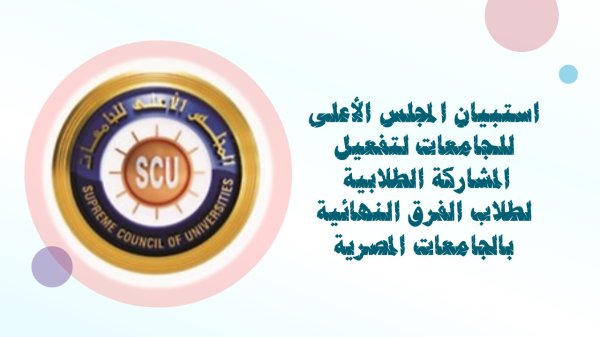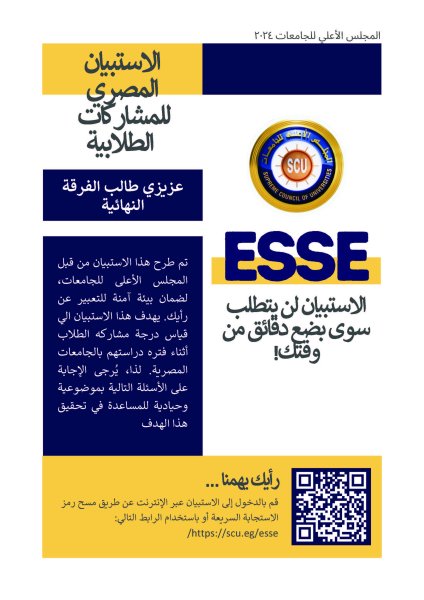Boosting photocatalytic water splitting of TiO2 using metal (Ru, Co, or Ni) co-catalysts for hydrogen generation
The photocatalytic activity of titanium dioxide (TiO2) nanoparticles toward hydrogen generation can be significantly improved via the loading of various metals e.g., Ru, Co, Ni as co-catalysts. The metal co-catalysts are loaded into TiO2 nanoparticles via different deposition methods; incipient wet impregnation (Imp), hydrothermal (HT), or photocatalytic deposition (PCD). Among all of the tested materials, 0.1 wt% Ru–TiO2 (Imp) provided the highest initial hydrogen catalytic rate of 23.9 mmol h−1 g−1, compared to 10.82 and 16.55 mmol h−1 g−1 for 0.3 wt% Ni–TiO2 (Imp) and 0.3 wt% Co–TiO2 (Imp), respectively. The loading procedures, co-catalyst metals type, and their loading play a significant role in elevating the photocatalytic activity of pristine TiO2 semiconductors toward hydrogen generation. Redox transition metals e.g., Co and Ni exhibit comparable photocatalytic performance to expensive elements such as Ru.




